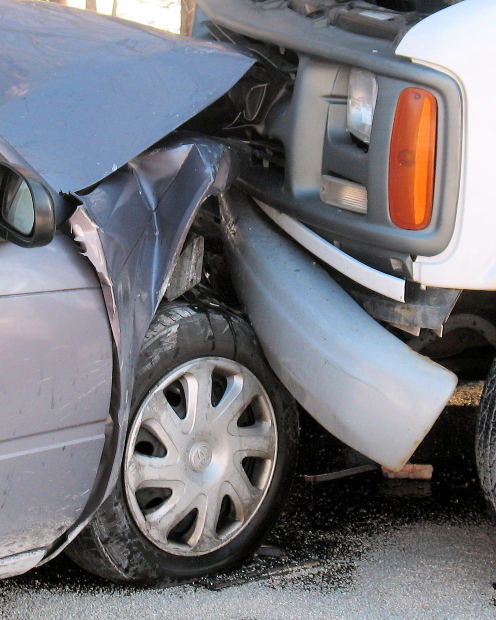- Free Initial Consultation: (954) 761-3641 Tap Here To Call Us
Rish v. Simao – Low Impact Car Accident Defense

Just because a Fort Lauderdale car accident occurs at relatively low speeds does not mean it cannot cause serious injuries. Consider that a typical passenger car weighs about 2,000 pounds. If that vehicle makes impact at 10 mph, it’s going to strike with 3.7 tons of force.
Of course, this has the potential to cause injuries.
Still, that won’t prevent the at-fault driver from asserting the low-impact defense if they can help it. They will try to introduce as evidence pictures of the minimal amount of damage to the vehicle. They may also introduce witness testimony to illustrate the crash occurred in stop-and-go traffic or while vehicles were not traveling fast. They may also highlight the fact that plaintiff refused medical attention immediately after the crash, insinuating that plaintiff may be exaggerating the extent of his or her injuries.
The case of Rish v. Simao, recently heard by the Nevada Supreme Court, involved a low-impact car accident lawsuit.
According to court records, plaintiff was moving along in stop-and-go traffic when he was struck from behind by defendant’s vehicle. The damage to both vehicles was not extensive. And although emergency medical services technicians were called to the scene, plaintiff refused any medical treatment or transportation to a local hospital.
However, a few days after the crash, plaintiff went to a local health care provider to report he was in near constant pain. He was having massive headaches and his neck ached. He sought a series of medical treatments to address these problems, which doctors opined were caused by the earlier crash.
After plaintiff filed a lawsuit against defendant to recover damages for his injuries, defendant sought to present evidence that plaintiff’s injuries were not as serious as he alleged because the force of impact was so minor.
However, an earlier case in Nevada, Hallmark v. Eldridge, resulted in a finding from the Nevada Supreme Court that an expert biomechanical engineer must have sufficient foundation in order to testify as to certain conclusions (i.e., extent of damages and injuries). Defendant in this case did not retain any biomechanical engineer. On this basis, plaintiff sought an order from trial court that would prohibit defense introduction of any evidence that would tend to show the crash happened at low speeds/ had a minimal impact. Plaintiff argued that because defendant did not have a qualified biomechanical engineer to attest to conclusions that would be made about a low-impact crash, all such evidence should be blocked.
Trial court agreed.
Throughout trial, defense continued to slip in evidence that indicated the low speed/ minimal impact. Trial judge sustained several objections by plaintiff. Finally, by the eighth such violation of that pre-trial order, trial court imposed a sanction on the defense in the form of a summary judgment in favor of plaintiff.
Before the issue of damages could be addressed, defense appealed that summary judgment.
The Nevada Supreme Court reversed. In its decision, the court clarified that there was no requirement that defendants in such cases hire an expert biomechanical engineer for these cases. Rather, if they did present the testimony of such a professional, that individual had to be sufficiently qualified.
Call Fort Lauderdale Injury Attorney Richard Ansara at (954) 761-4011. Serving Broward, Miami-Dade and Palm Beach counties.
Additional Resources:
Rish v. Simao, March 17, 2016, Nevada Supreme Court
More Blog Entries:
Report: U.S. Drivers are Distracted More Than Half the Time, March 20, 2016, Fort Lauderdale Accident Lawyer Blog













